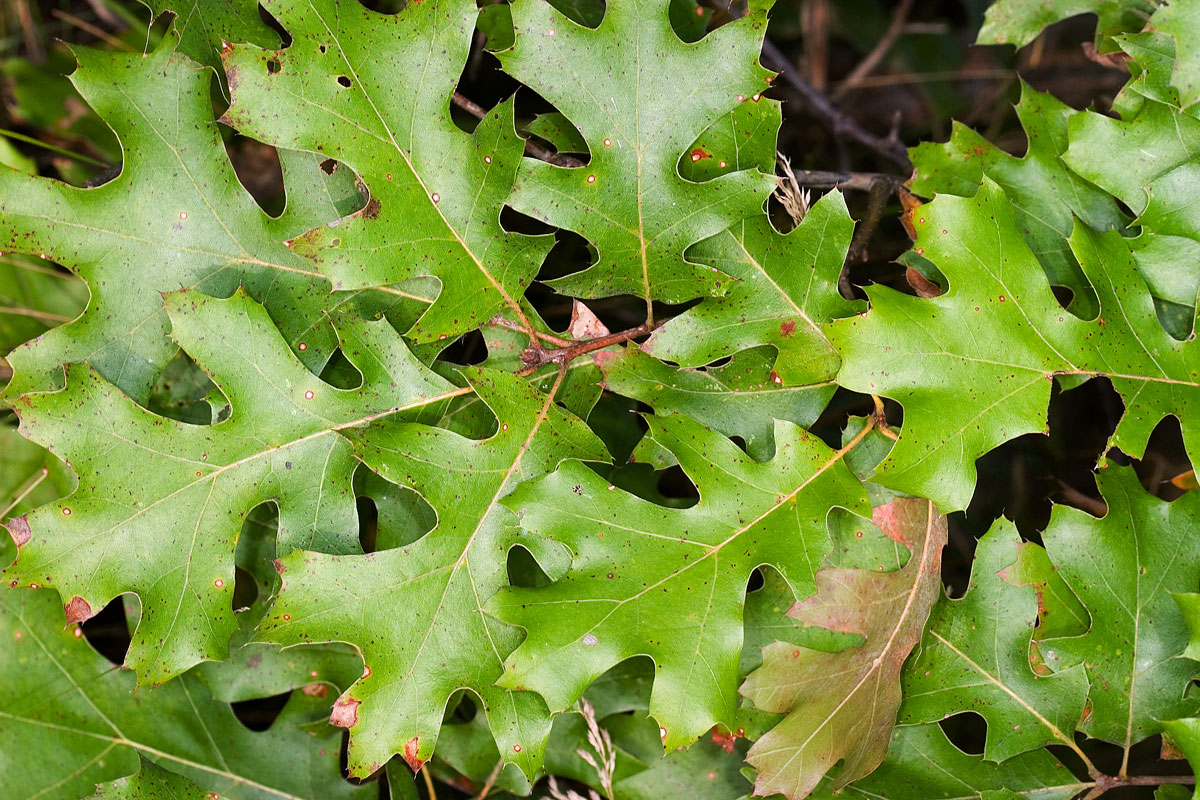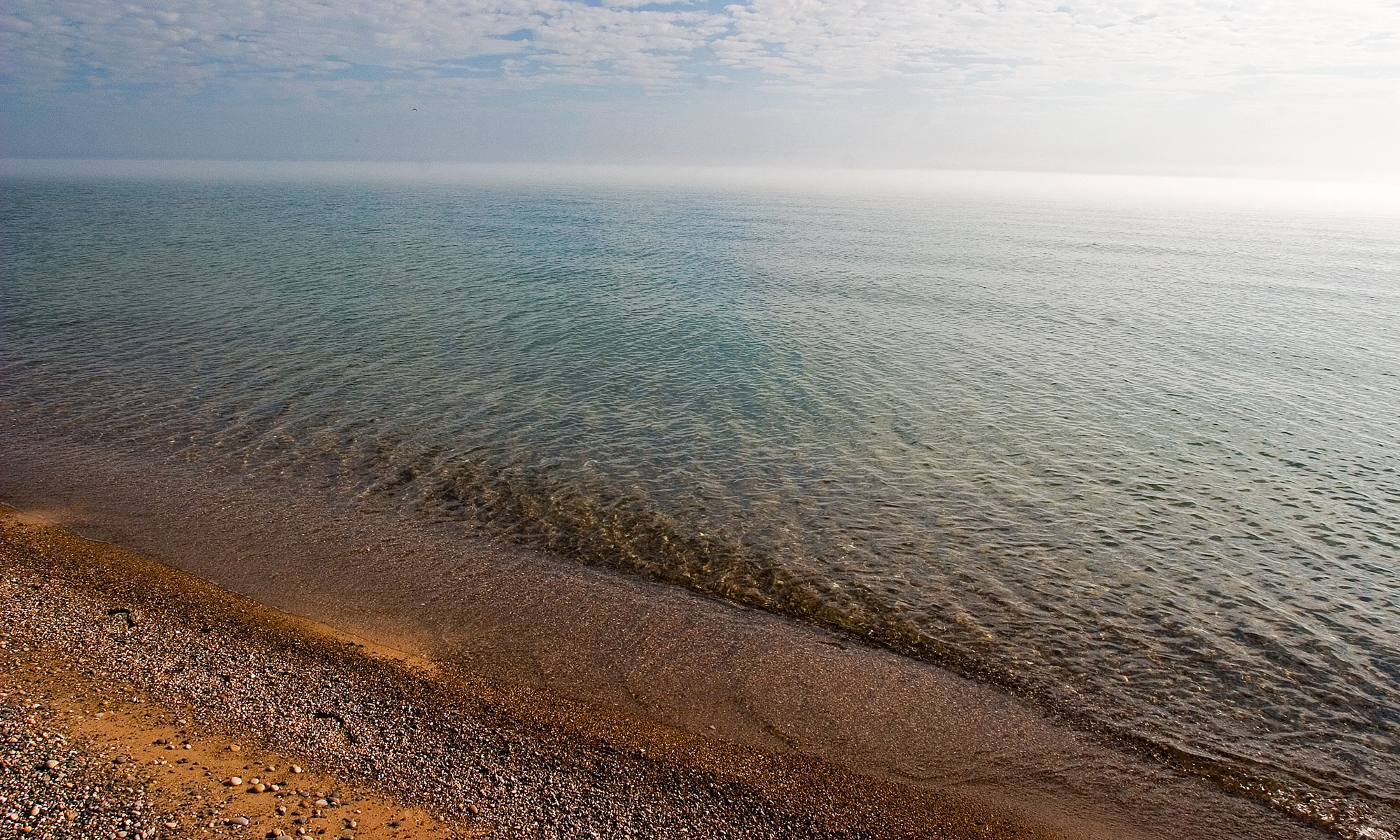Succession is the observed process of change in the species structure of an ecological community over time. The Near Beach or Storm Beach is the area right at the water’s edge. Waves bombard this area preventing plants from taking hold. Slightly higher, the Mid Beach or Upper Beach is impacted less by the wind and waves. Hardy, fast growing, pioneer plants including bugseed, searocket, and beach grass grow in this area. The deep roots help to stabilize the sand, which enables low shrubs, like creeping juniper and Bearberry to take hold on the Far Beach or Foredunes. Plant diversity increases as you get farther from the shore, where slow growing, longer lived species such as trees are able to take hold.
====
Plant communities change over time through a process called succession. Here at Illinois Beach State Park, plant communities become increasingly mature and diverse as you walk from east to west across the park. Why? The west side of the park is older and so more humus (decayed plant material) has been added to its sandy soil. With the added humus, the soil can better hold water and nutrients, allowing it to support a wider variety of plants.
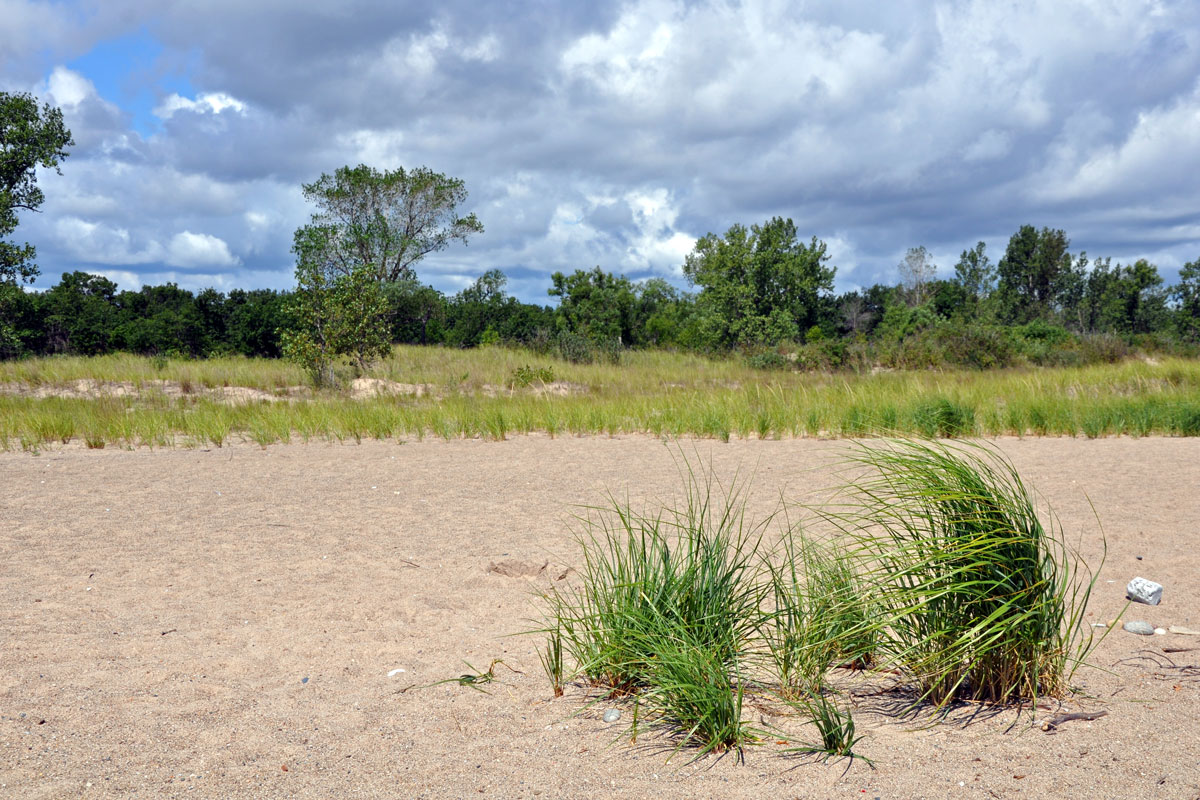
Below is an overview of these habitats from east to west.

Storm beach
Found at the water’s edge, the storm beach is constantly bombarded by waves. No plants are able to grow here.
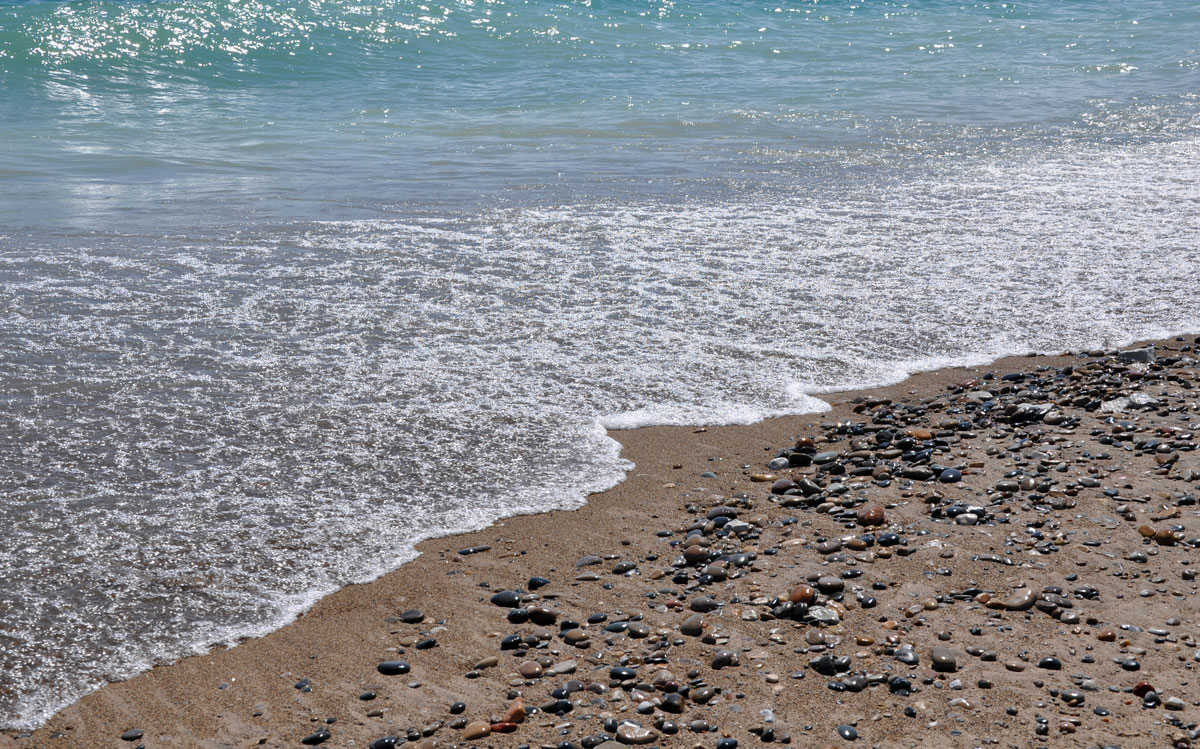
Mid beach
Only winter waves can reach the mid beach, but the arid conditions and abrasive blowing sand prevent all but a few succulent plants from colonizing the area.
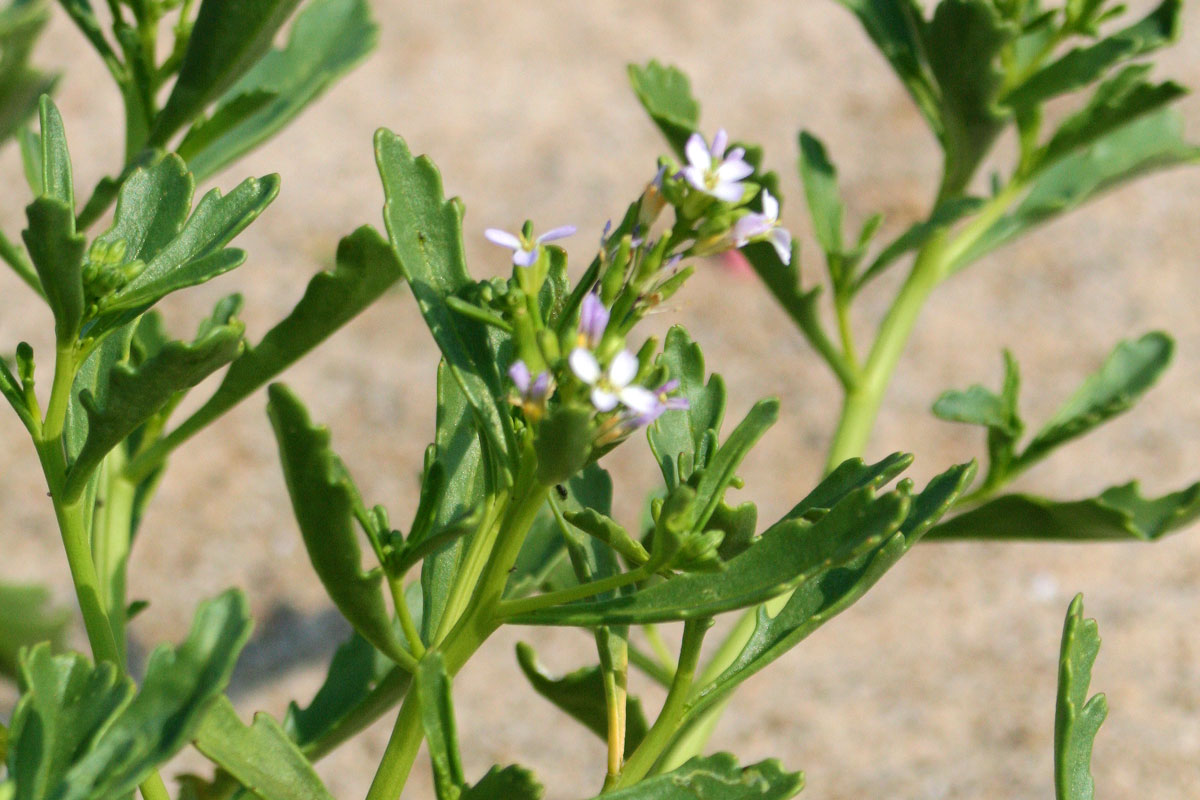
Foredunes
The foredunes are beyond the waves’ reach. Here you’ll find dune-forming pioneer plants that can survive continual covering and uncovering by blowing sand.
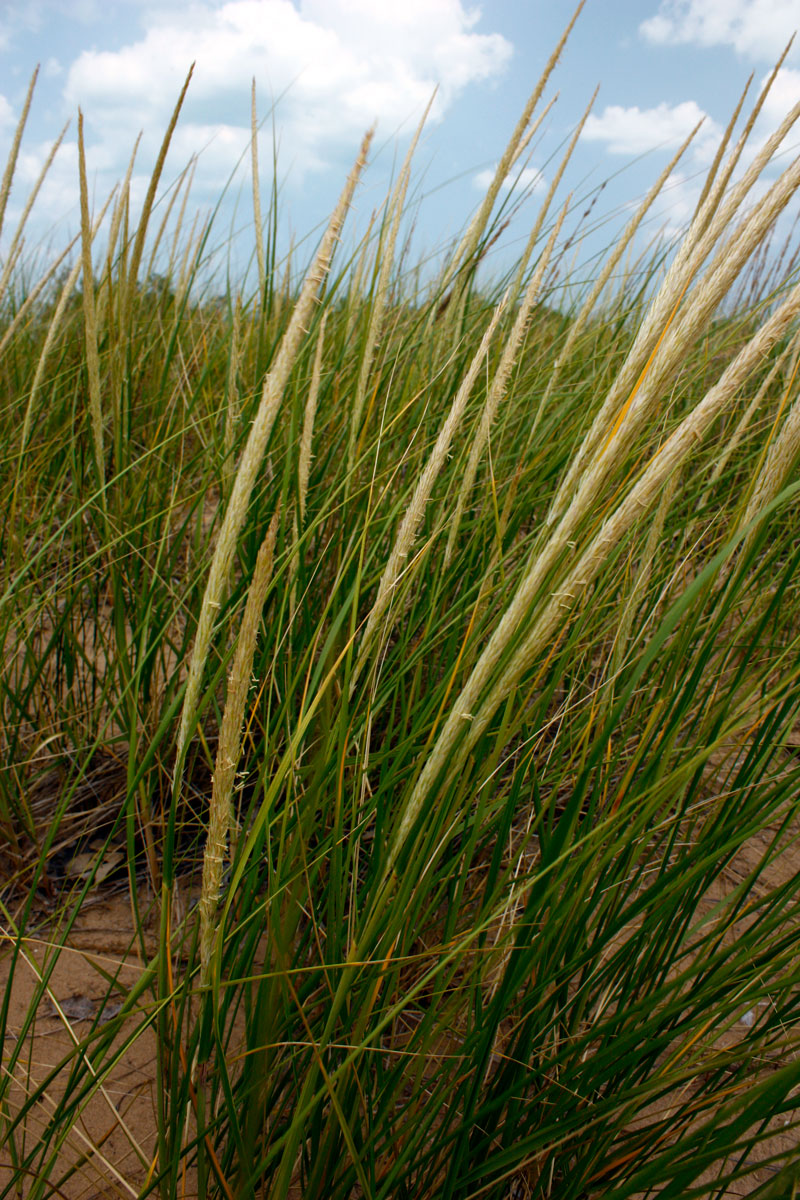
Rear dunes
The rear dunes have a larger variety of plants, because they are partially protected from the wind by the foredunes and their sandy soil contains a thin layer of humus.
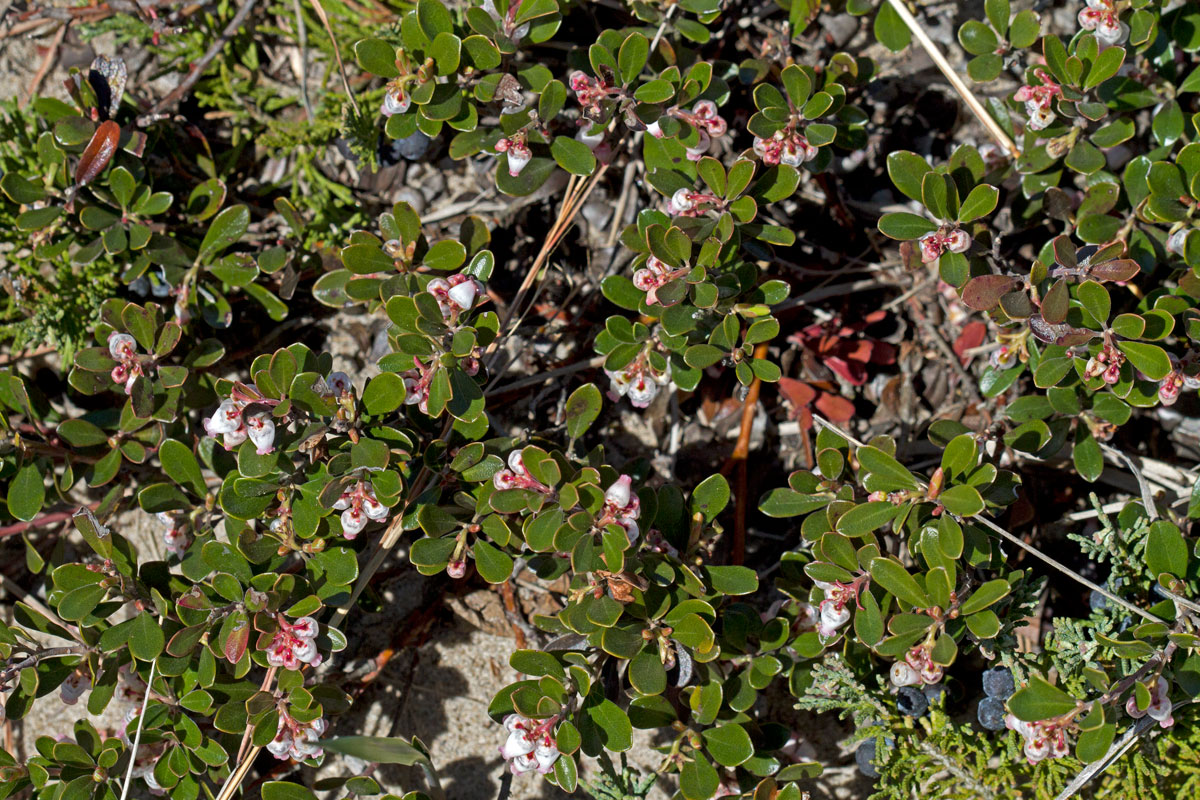
Sand prairie
After enough humus has built up, prairies will grow on ridges and swales. A prairie is composed of grasses and forbs (flowering plants that are not woody or grasslike).
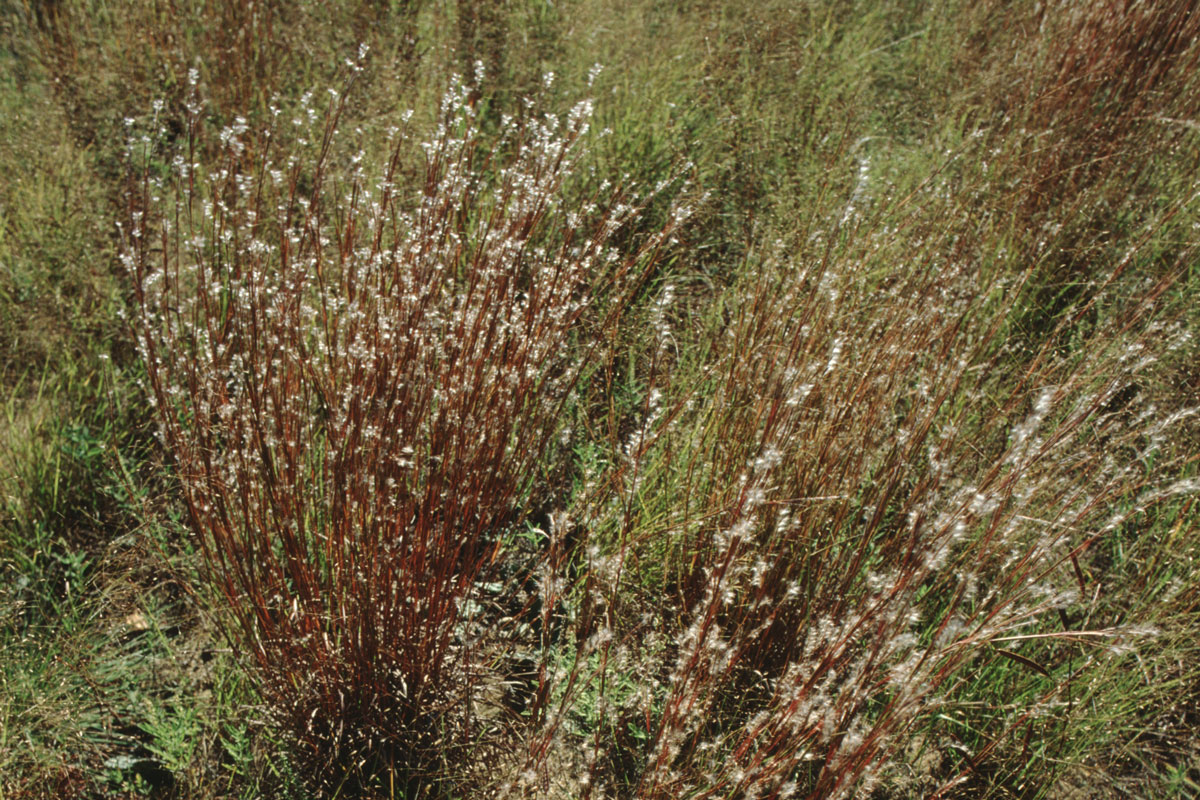
Savanna
A savanna is composed of widely spaced trees surrounded by grassland plants. It may take hundred of years of humus build-up before a woodland can form.
